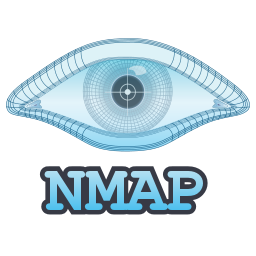
In the world of network management, having the right set of tools can make the difference between a smooth-running system and a chaotic network. Two of the most popular tools available for network mapping and discovery are UVexplorer and Nmap. This article compares UVexplorer vs. Nmap, reviewing their features, capabilities, and usability to help you make an informed choice for your network topology needs.
UVexplorer, a robust and feature-rich network discovery and mapping tool, provides users with a visually intuitive interface that effectively simplifies network management tasks. It utilizes a combination of modern discovery techniques and SNMP polling to create detailed maps of network infrastructure. This tool offers a wealth of features, including automated network diagram creation, comprehensive device details, and alert notifications for changes in network devices.

On the other hand, Nmap (Network Mapper), an open-source utility, is revered in the network security domain for its versatility and power. It’s primarily used for network discovery and security auditing. While Nmap can be a bit challenging to use for novices, it has a wide range of features, including host discovery, service and operating system detection, and vulnerability scanning, that appeal to advanced users and network administrators.
When comparing the discovery capabilities, UVexplorer’s automated network discovery is simpler and more user-friendly than Nmap’s command-line interface. UVexplorer’s active polling and SNMP-based techniques deliver comprehensive network diagrams that are easy to comprehend and manipulate. In contrast, Nmap’s host discovery requires a deeper understanding of network protocols and command-line skills. While the level of detail Nmap provides is exceptional, it may overwhelm beginners or those not seeking granular network information.
In terms of security auditing, Nmap clearly leads. Its ability to conduct vulnerability scanning, penetration testing, and identify open ports makes it a powerful tool for network administrators concerned about security. On the flip side, UVexplorer focuses on stale ports and is not focused on security auditing.
Regarding user-friendliness, UVexplorer outshines Nmap with its easy-to-navigate interface and detailed, visually appealing network diagrams. The tool automates several tasks, thereby reducing the complexity and time involved in network management. In contrast, Nmap, with its command-line interface, requires a steeper learning curve and doesn’t offer the same visual appeal.
In terms of cost, UVexplorer is a commercial product, while Nmap is open-source and free. UVexplorer offers extensive customer support, users of Nmap primarily rely on community support forums and resources online.

In comparing UVexplorer vs. Nmap, both are powerful tools in their respective domains, but their utility depends largely on the user’s needs and expertise. If you prioritize a user-friendly, automated tool that provides detailed network diagrams and alerts, UVexplorer is an excellent choice. However, if your focus is on in-depth network analysis, and you’re comfortable with a command-line interface and the learning curve that comes with it, Nmap offers an unparalleled experience.
Conclusion
In conclusion, in comparing UVexplorer vs. Nmap, they both offer unique capabilities, my recommendation leans towards UVexplorer for most network administrators. Its combination of simplicity, automation, and detailed network maps provide invaluable insights into your network’s health. However, this doesn’t discount the power and versatility of Nmap. For network security professionals and those comfortable with a more technical interface, Nmap remains an industry standard. Always remember that the best tool will depend on your specific needs, capabilities, and the network environment you’re working in.
All Rights Reserved. UVnetworks © 2015 – 2025